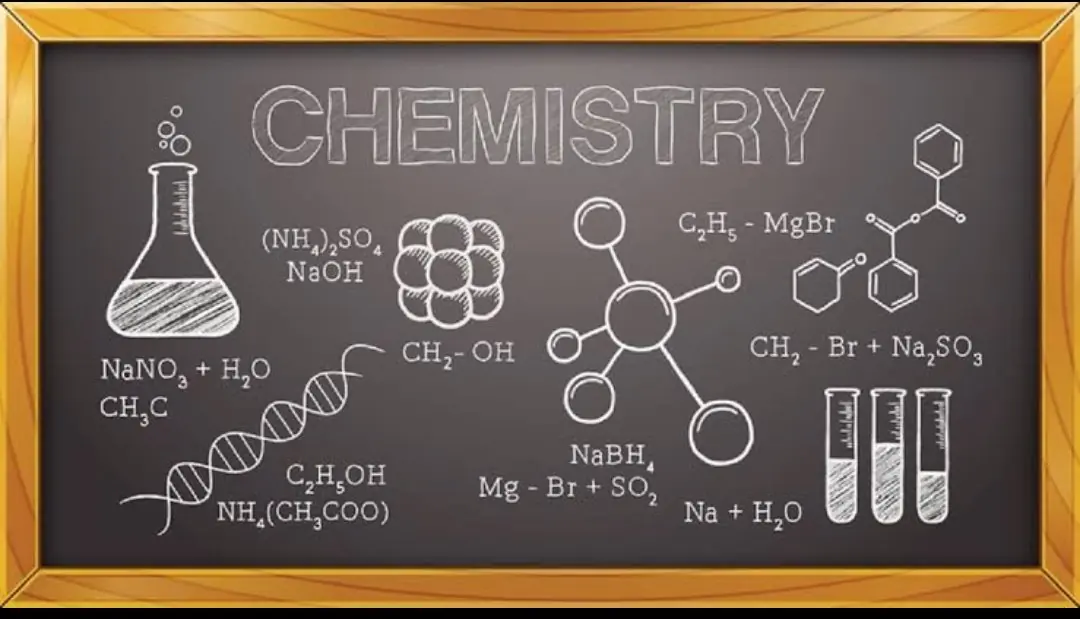
Unlocking the World of Chemistry: Exploring the Basics of Chemical Reactions

Welcome, young scientists, to the captivating world of chemistry! Today, we embark on a journey to unravel the mysteries of chemical reactions. In this article, we will dive into the fundamental concepts that form the building blocks of understanding how substances transform and interact with each other.
What is a Chemical Reaction?
At its core, a chemical reaction is a process where substances, known as reactants, undergo a transformation to produce new substances, called products. It’s like witnessing a magical dance where atoms rearrange themselves to create something entirely different.
The Language of Chemical Equations
Imagine chemical equations as the storytellers of reactions. They use symbols and formulas to depict the reactants, products, and the magic that unfolds during a chemical transformation. Learn to read and write these equations to decipher the tales of atoms in motion.
Types of Chemical Reactions
Chemical reactions come in various forms, each with its own unique characteristics. Explore the four main types:
- Combination Reactions: Two or more substances unite to form a new one.
- Decomposition Reactions: A single substance breaks down into simpler components.
- Single Replacement Reactions: Elements swap places in compounds, creating new substances.
- Double Replacement Reactions: Two compounds exchange partners, resulting in different compounds.
Balancing Act
Just like a seesaw needs balance, chemical equations must be balanced. Equations showcase the conservation of matter, ensuring that the number of atoms on the reactant side equals the number on the product side. It’s the key to maintaining harmony in the chemical world.
Energy Changes: Exothermic and Endothermic Reactions
Some reactions release energy (exothermic), while others absorb it (endothermic). Understanding these energy changes adds a dynamic layer to our chemical storytelling.
Catalysts and Inhibitors
Meet the influencers of chemical reactions. Catalysts speed up reactions, acting as matchmakers for reactants. On the flip side, inhibitors slow down reactions, maintaining control over the chemical dance. It’s a delicate balance orchestrated by these key players.As we conclude our exploration of the basic concepts of chemical reactions, remember that chemistry is not just about memorizing formulas; it’s about understanding the intricate dance of atoms and molecules. Embrace the wonders of this science, for it holds the key to unlocking the secrets of the world around us.
what are some real-world applications of chemical reactions
Chemical reactions are ubiquitous in everyday life, manifesting in various natural processes and human activities. Some real-world applications of chemical reactions include:
- Rusting of Iron: The formation of rust on iron is a common example of a chemical reaction. When iron is exposed to oxygen and moisture, it undergoes oxidation to form iron oxide, a process known as rusting.
- Photosynthesis: This vital process in plants involves the conversion of carbon dioxide and water into glucose and oxygen in the presence of sunlight and chlorophyll. It exemplifies a complex series of chemical reactions that sustain plant life and produce oxygen.
- Cooking: Chemical reactions occur during cooking, such as the caramelization of sugar, Maillard reaction in browning of food, and leavening of bread through yeast fermentation. These reactions transform the chemical composition of food, altering its flavor, texture, and nutritional properties.
- Digestion: The breakdown of food in the human body involves a series of chemical reactions. Enzymes and acids in the digestive system catalyze the hydrolysis of macronutrients into simpler molecules that can be absorbed and utilized by the body.
- Combustion: The burning of fuels, such as the combustion of petrol in car engines, is a prevalent example of a chemical reaction. It involves the rapid oxidation of the fuel, releasing energy in the form of heat and light.
- Hair Dyeing: The process of hair dyeing involves chemical reactions that alter the color of the hair. Oxidative dyes, for instance, penetrate the hair shaft and undergo reactions to produce the desired color.
- Cleaning and Hygiene: Chemical reactions are integral to cleaning processes, such as the saponification of fats in soap formation and the oxidation of stains in laundry. Additionally, personal hygiene activities like brushing teeth involve chemical reactions.
These examples illustrate the diverse and pervasive nature of chemical reactions in everyday life, encompassing natural phenomena, food preparation, human biology, and industrial processes. Understanding these reactions is essential for appreciating the interconnectedness of chemistry with the world around us